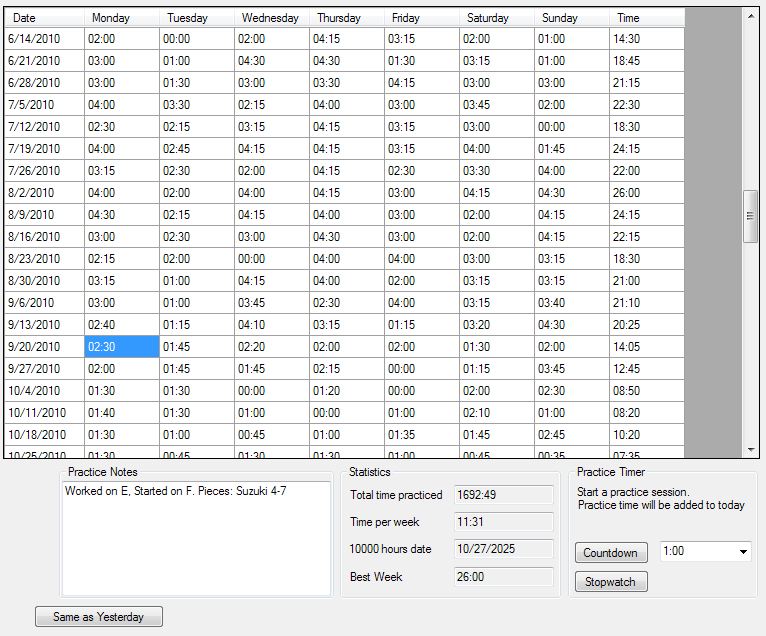I have been working on the SimFinance 2.0 application and have been struggling to find a way to simulate the stock market. (Note: I am not trying to predict the stock market, I just need a way to generate a random stock market return that is similar to historic returns)
My first idea was to use a normal distribution centered around the average return with the same standard deviation that the real data has. This was close to correct, but if I plotted sample returns from history against the normal distribution, the historical returns had much longer tails. Meaning that, in reality, there are more really bad and really good years than there would be in a normal distribution.
After doing some research (I am not the only one interested in simulating the stock market), I found that some people are using a Student-t distribution. After playing with the parameters of that distribution I was able to get a much more realistic curve. Based on the historical data for the S&P 500, I am using the following parameters for the distribution: DOF = 3.40234, SCALE = 35, OFFSET = 0.00725
In software, I am using the boost library to generate random numbers according to the student-t distribution.





